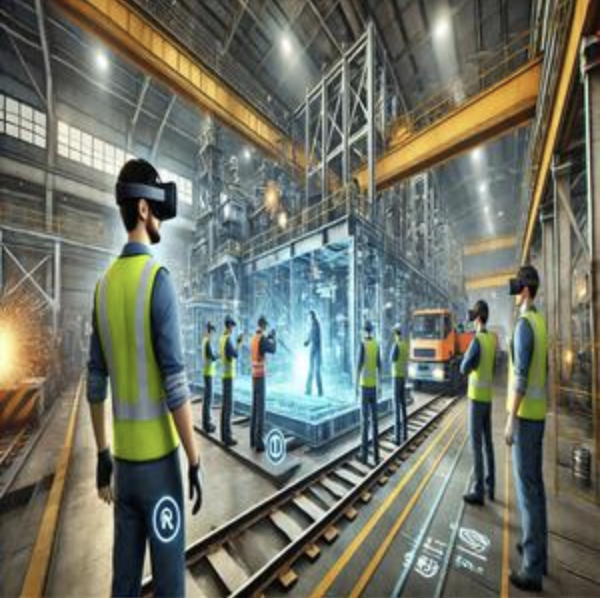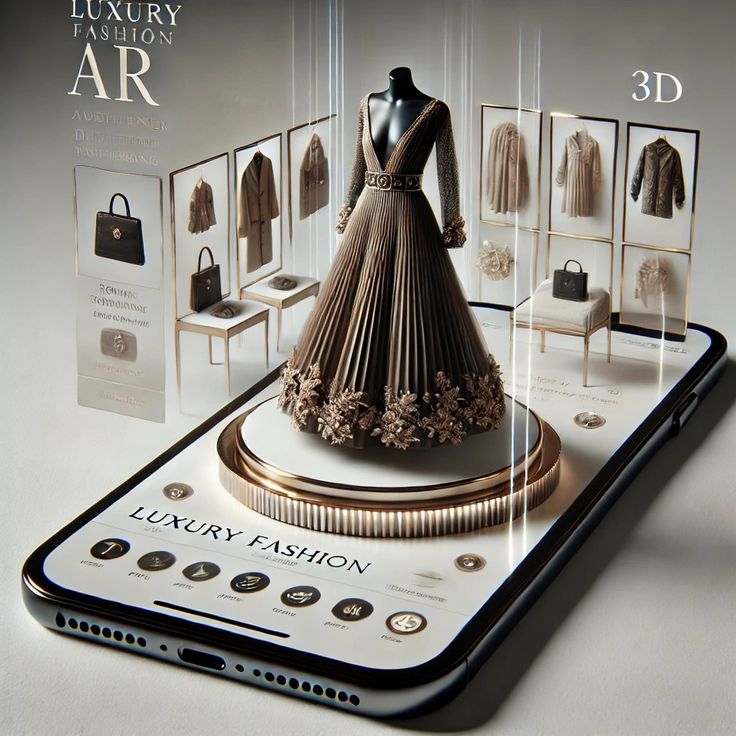AR and VR: Transforming Industries with Innovation
Gaming: Beyond the Screen
Gaming has always been quick to embrace new technologies, and AR/VR is no differentCurrent trends in augmented reality gaming highlight a distinct mix of the real world and digital environments.For instance, some AR games now incorporate sophisticated location-based services and environmental scanning techniques. Players can transform their local neighborhoods into game environments, completing quests that revolve around actual landmarks. By utilizing the details of the surrounding area, like building shapes and park layouts, these games present one-of-a-kind challenges.

Meanwhile, VR gaming continues to progress. Cutting-edge VR experiences now include haptic feedback suits, enabling players to feel physical sensations such as being struck or the kick of a virtual weapon. It’s no longer limited to just sight and sound; players can now engage with the game world through all their senses. This enhanced level of immersion represents a significant advancement for dedicated gamers and those eager to invest in premium gaming experiences.
Shopping: Redefining Retail
For consumers who spend a lot, AR and VR are changing how people shop. Leading this change are luxury brands. Some fashion designers have created VR showrooms that allow customers to explore their newest collections virtually. You can stroll through these digital stores, inspect every detail of designer items like handbags or jewelry, and even see how specific outfits would look on a virtual model that resembles you.

AR: Precision in "Try Before You Buy"
AR has also brought the concept of “try before you buy” into reality. In the beauty sector, AR applications let users try on makeup virtually. The technology has improved significantly, now offering a more precise look at how different makeup will appear under various lighting. When it comes to furniture, AR can display a 3D version of a couch or table right in your living space, helping you decide if it matches your style and fits comfortably before you buy. This minimizes the chance of making a purchase that doesn’t work, which is especially attractive to those with fine tastes and substantial budgets.
Training: A New Era of Learning
In fields where the stakes are high, virtual reality training is increasingly common. For instance, pilots now benefit from flight simulators that provide an exceptionally lifelike experience. These simulators can replicate a variety of weather scenarios, emergencies, and types of aircraft. This approach not only reduces the costs of training with actual planes but also enables a wider range of training situations to occur more often.

In medicine, training surgeons relies heavily on augmented reality and virtual reality technology. With VR, a simulated operating room is created, allowing trainees to execute complicated procedures without the danger of injuring real patients. Meanwhile, AR can be utilized during real surgeries, offering surgeons immediate insights displayed on the patient's body, like the positions of internal organs or blood vessels. Such precise and safe training methods are crucial for specialists and are fueling the growth of AR and VR technologies.
(Writer:Ciki)





